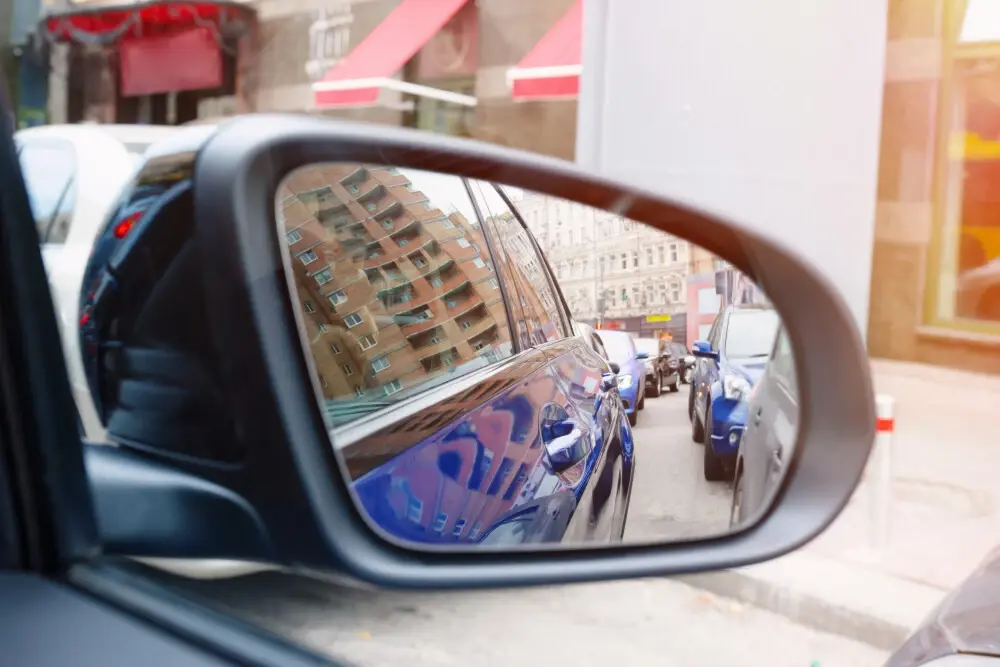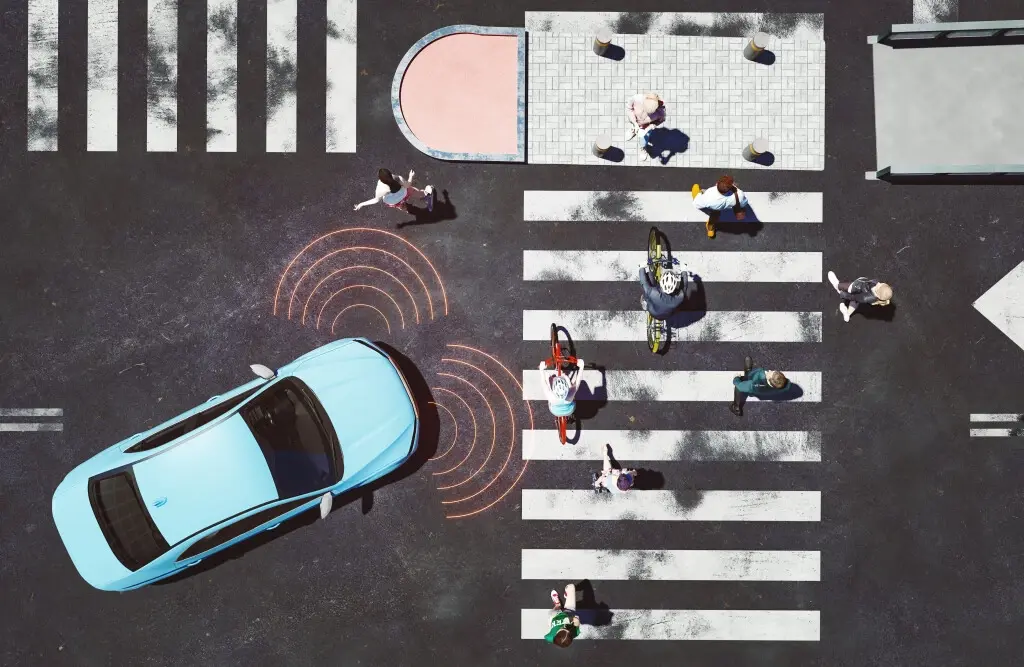I was in a car accident. What do I do?
Many people mistakenly believe that the only way to file an auto accident injury claim is through someone’s car insurance. However, the insurance company’s job is to low-ball you and settle for the lowest possible amount. If you have no medical bills and only need money for car repairs, then that’s probably the best option for you.
Need to speak to someone about a recent car accident? Get in touch.
Speak With an Auto Accident Attorney
Fill out your free auto accident evaluation form below and we’ll help you find out how much your claim may be worth!
What Are
Auto Injury Claims?
Many people mistakenly believe that the only way to file an auto accident injury claim is through someone’s car insurance. However, the insurance company’s job is to low-ball you and settle for the lowest possible amount. If you have no medical bills and only need money for car repairs, then that’s probably the best option for you. However, if your crash was more severe, consider recruiting a lawyer to your team.
How Can an Auto Accident Injury Lawyer Help You?
Let’s look at the best-case scenario: Another driver rear-ended you in front of a police officer and a traffic camera. You’re clearly not at fault for your auto accident injury. Even better, both drivers also have full car insurance coverage! Surely you don’t need a lawyer to get a fair settlement from the insurance company, right? Wrong – here’s why you should always consult a lawyer about your auto accident injury before talking to a claims adjuster:
- Insurers typically offer to settle for a little more than half the money your injury deserves
- When you talk to the claims adjuster, every word you say can count against your claim
- Attorneys have special training to assess your injury and know how to get all the money you deserve
- Negotiating directly with insurance will never pay you a higher settlement than when an attorney does that for you
- Even after legal fees, most auto accident victims with attorney representation receive up to 3.5x more money from insurers
- About 95% of auto accident claims settle out of court in no more than one year
Recent
Auto Accident Injury
Articles

Is Brake Checking Illegal?

New Mexico Car Accident Laws – A Complete Guide

Louisiana Car Accident Laws – A Complete Guide

Memory Loss After a Car Accident

What to Do During a Self-Driving Car Accident

Wyoming Car Accident Laws – A Complete Guide

Montana Car Accident Laws – A Complete Guide

Can I Switch Auto Accident Attorneys? How Will It Affect My Case?

I Hit an Animal While Driving. What Should I Do?
GET IN TOUCH
If you aren’t the driver responsible for your crash and have an auto accident injury, always consult a lawyer.
Join Our
Mailing List
Enter your email below to get up-to-date legal articles and tips delivered right to your inbox.









